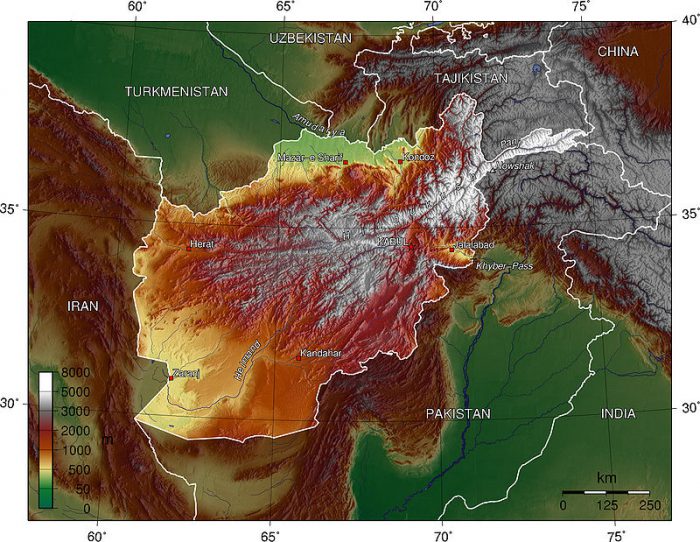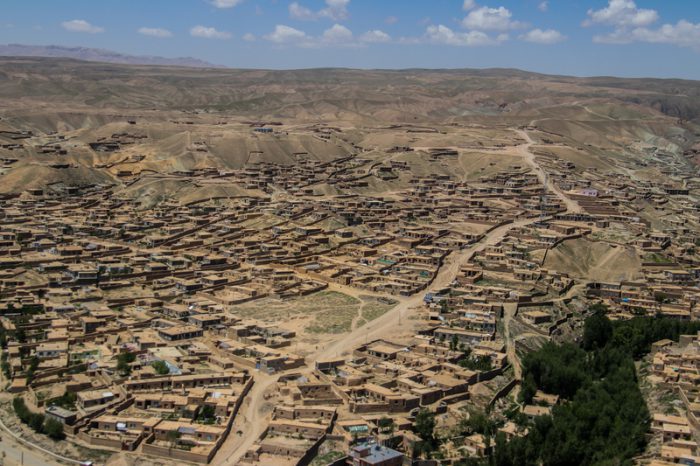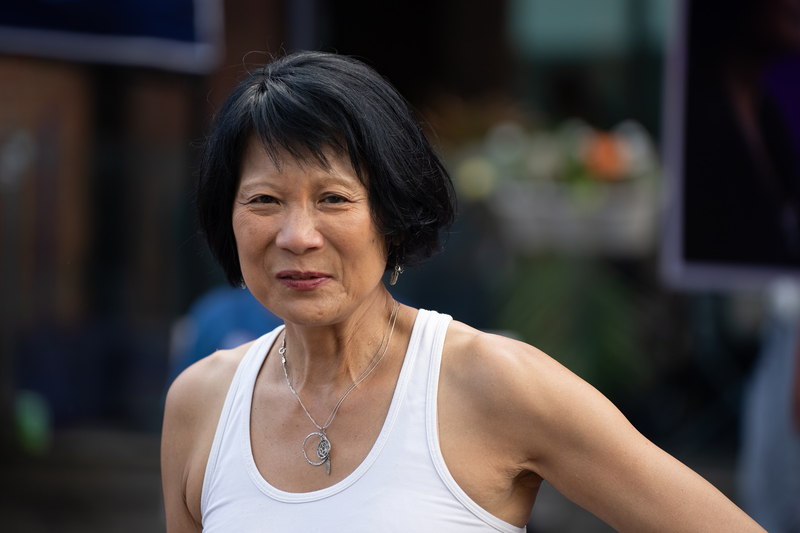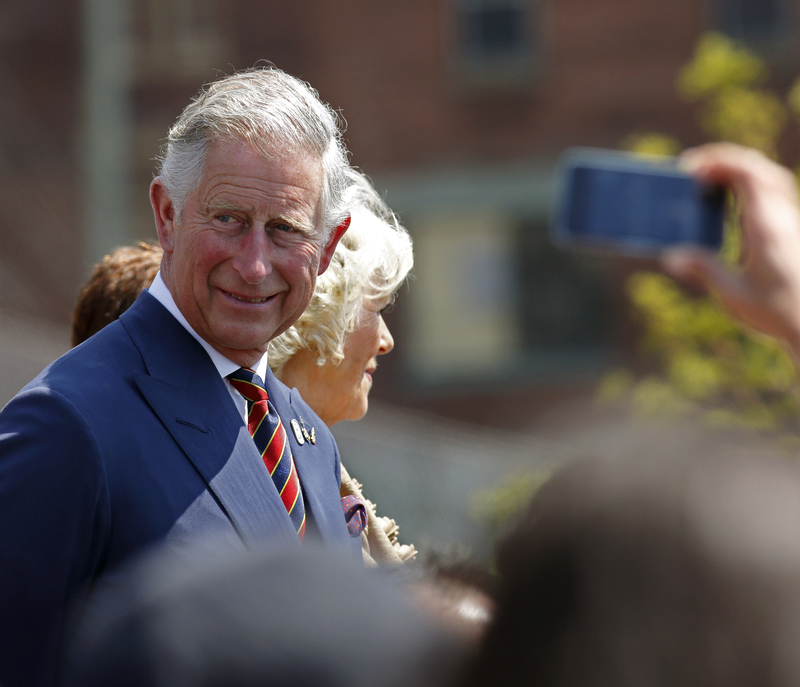Warning: The following story is one that some of our readers may find distressing and difficult. If would like to learn about it, but are feeling concerned, read it with an adult that you trust—then you can discuss it together afterwards.
On August 15, an extreme Islamic group called the Taliban, marched their forces into the presidential palace in Kabul, the capital city of Afghanistan. With this move, the group replaced the U.S.-backed democratic government and took control of the nation. This was the second time they had done so in the last 25 years.
These shocking events have led to feelings of fear in many Afghans, particularly women and those who remember the last time the Taliban was in power. Both before and since the takeover, many thousands of people have risked their lives trying to flee the country.
Let's look at some questions together to better understand who the Taliban are, why they're now in power, and why they inspire such fear in other Afghans.
What is Afghanistan?

A topographical map of Afghanistan, which shows the elevation (or height) of the land. Afghanistan's many mountains has always made it a very difficult country to fight battles in. (Wikimedia Commons)
This central Asian country is home to about 31 million people and is bordered by six countries: Iran, China, Pakistan, Turkmenistan, Uzbekistan, and Tajikistan. Though modern Afghanistan began in the 18th century, human civilizations here date back thousands of years. Because it was located in the middle of valuable trade routes between great ancient empires of Europe and Asia, it was often targeted by occupying forces (invaders) who marched in to try and control the land for themselves.
How does this relate to today?
Afghan rebel forces—known as Mujahideen—fought against Soviet invaders in the 1980s. (Getty Embed)
Afghans have had to resist invading forces in more recent times as well. This includes the British Empire in the 19th century and the Soviet Union (today Russia) in the 1970s and 80s. Though the Soviets were pushed out of the country, the Afghan government also collapsed. A long civil war began, with many different groups fighting for the right to rule. One of those groups—the Taliban—had claimed control over most of the country by 1996.
What was life like under the Taliban then?
The Taliban enforced extremely strict laws that were based on their interpretation of Islam. This is also known as Sharia Law, meaning "the way". These laws affected how both men and women were expected to dress and behave. But they were especially severe in how they restricted the freedoms of women and girls. Under the Taliban, almost all females were banned from having a job or attending school. The Taliban even began using violence to punish those whom they believed broke their laws.
How did the United States get involved?
On September 11, 2001, terrorists flew two commercial airplanes into the World Trade Center—also called the twin towers—in New York City. A terrorist group called Al-Qaeda took responsibility for the attack, the worst of its kind in American history. Because Al-Qaeda was mostly based in Afghanistan at the time and was being supported by the Taliban, the United States chose to invade the country.
What happened after the U.S. invaded?
Former U.S. President George W. Bush listens to Afghan refugee Farida in December, 2001. That month, the U.S. announced its Afghan Women and Children Relief Act. (Getty Embed)
The United States—along with a coalition, or group, of other nations, including Canada—invaded in October 2001. They quickly removed the Taliban from power. The U.S. then pledged to remain in the country to help train a new Afghan army and police force, as well as start a democratic government. The rules of the Taliban were replaced with new ones, which gave people more freedoms. In particular, this meant that women and girls could go to school and work.
Why wasn't that the end of the Taliban?
Though out of power, the Taliban was not fully defeated. Instead, they regrouped in neighbouring Pakistan and plotted ways to take back power. By December 2001, they were already attacking the new Afghan government and its armies. As a result, the war in Afghanistan dragged on for years and years.
Gradually, a few nations in the U.S. coalition began to remove their forces from the country. Canada, for example, mostly withdrew in 2011. But the United States stayed, continuing to fight the Taliban and help protect the democratic Afghan government it helped build.
Why did the United States leave?
U.S. President Biden announcing the official end of the war. (Getty Embed)
By 2021, the war in Afghanistan had lasted 20 years. This made it the longest war in American history, incredibly involving four U.S. presidents—George W. Bush, Barack Obama, Donald Trump, and Joe Biden. The war was becoming more and more unpopular with American citizens. In April 2021, President Biden announced that he was ending the war and would withdraw U.S. troops by September 11, 2021.
How did the Taliban take power back?
Taliban fighters hold a parade on September 1, 2021 to celebrate reclaiming the country. (Getty Embed)
The U.S. left behind a well-trained Afghan army to protect the government. They also attempted to sign a peace agreement with the Taliban to stop future attacks. But these measures were not enough. The Taliban began taking over new territories in May, shortly after Biden's announcement. By the start of August 2021, the Taliban was closing in on Kabul, sending many in the country—and around the world—into a panic. Two weeks later, the country was theirs again.
What happens now?
The Taliban has only just started to take power, but they have been clear that they will run an Islamic government whose rules are based in Sharia law. Democracy is not an option. However, they have also said that some things will be different this time, and that women will have basic rights. They say that they need time to have Islamic scholars (experts) review the situation before they agree on exactly what their new government will look like.
Across the world, there are many countries that use Sharia law—based on interpretations of Islamic teachings and scriptures found in the holy book of Islam, the Quran—as the basis of their laws. But no two countries that use Sharia law are exactly alike, so it is difficult to predict exactly what Afghanistan's laws will be like.
Why are so many willing to risk their lives to leave Afghanistan?
Afghan social activist Fereshteh Forough founded Code To Inspire, an organization that teaches young girls how to code on computers. She is afraid that her group will be banned. (Getty Embed)
For many Afghans, the memory of the Taliban's rule is very strong—they do not trust the group's promises that they have changed. Afghans who acted as translators and informants for the American forces fear that they will be found and killed. Meanwhile, millions of Afghan women and girls have spent the last 20 years attending schools, building businesses, and becoming leaders in their communities. These people fear for their lives and freedoms.
Interestingly, one of the best known examples of the Taliban's brutality wasn't even from when they were in power in Afghanistan. It was from 2012 when a young female Pakistani activist, Malala Yousafzai, was shot in an attempt to kill her for writing a blog against Taliban's occupation of her home district of Swat. Amazingly, she survived and has gone on to become a famous activist for the rights of young women around the world. Countless others were not so lucky, which is why people are willing to risk everything to leave.
How are other countries helping?
World leaders like Canada's Justin Trudeau are refusing to recognize the Taliban as the true government in Afghanistan. Will it have any effect? (Getty Embed)
Many countries around the world, such as Canada, have pledged to accept Afghan refugees. Prime Minister Trudeau promised to accept up to 20,000 refugees, including 5,000 people who were recently evacuated by U.S. forces. Trudeau has also stated that he will not recognize the Taliban's government as official. This kind of position can put extra pressure on the Taliban to recognize the rights of its citizens.
But with U.S. troops leaving the country behind, it does appear that Afghanistan's future for now is in the Taliban's hands.
 This photo of a part of Afghanistan's capital city, Kabul, was taken on August 14, 2021—the day before it was taken over by the Taliban. (ID 227792591 © Trentinness | Dreamstime.com)
This photo of a part of Afghanistan's capital city, Kabul, was taken on August 14, 2021—the day before it was taken over by the Taliban. (ID 227792591 © Trentinness | Dreamstime.com)










It’s sad for the people of Afghanistan 🙁